-
×
 RTC Click
1 ×
RTC Click
1 × R400.00R360.00 -
×
 BUZZ Click
1 × R120.00
BUZZ Click
1 × R120.00 -
×
 DAC Click
1 ×
DAC Click
1 × R420.00R378.00 -
×
 MP3 Click
1 ×
MP3 Click
1 × R495.00R445.50 -
×
 3D Motion Click
1 ×
3D Motion Click
1 × R1,100.00R990.00 -
×
 tRF Click
1 ×
tRF Click
1 × R1,100.00R990.00 -
×
 GSM/GNSS Click
1 ×
GSM/GNSS Click
1 × R1,750.00R1,575.00 -
×
 ADC Click
1 ×
ADC Click
1 × R555.00R499.50 -
×
 Accel Click
1 ×
Accel Click
1 × R365.00R328.50 -
×
 EXPAND Click
1 ×
EXPAND Click
1 × R265.00R238.50 -
×
 microSD Click
1 ×
microSD Click
1 × R365.00R328.50 -
×
 BEE Click
1 ×
BEE Click
1 × R820.00R738.00 -
×
 DIGI POT Click
1 ×
DIGI POT Click
1 × R380.00R342.00 -
×
 RN4678 Click
1 ×
RN4678 Click
1 × R880.00R792.00 -
×
 Proximity Click
1 × R225.00
Proximity Click
1 × R225.00 -
×
 RTC 2 Click
1 ×
RTC 2 Click
1 × R480.00R432.00 -
×
 METHANE Click
1 ×
METHANE Click
1 × R345.00R310.50 -
×
 WiFi Plus Click
1 ×
WiFi Plus Click
1 × R2,300.00R2,070.00 -
×
 Alcohol Click
1 ×
Alcohol Click
1 × R345.00R310.50 -
×
 ccRF2 Click
1 ×
ccRF2 Click
1 × R820.00R738.00 -
×
 LPG Click
1 ×
LPG Click
1 × R345.00R310.50 -
×
 RS485 Click 5V
1 × R240.00
RS485 Click 5V
1 × R240.00 -
×
 GPS Click
1 ×
GPS Click
1 × R1,100.00R990.00 -
×
 GSM-GPS Click
1 ×
GSM-GPS Click
1 × R1,350.00R1,215.00 -
×
 Alcohol 3 Click
1 ×
Alcohol 3 Click
1 × R725.00R652.50
Subtotal: R15,692.00

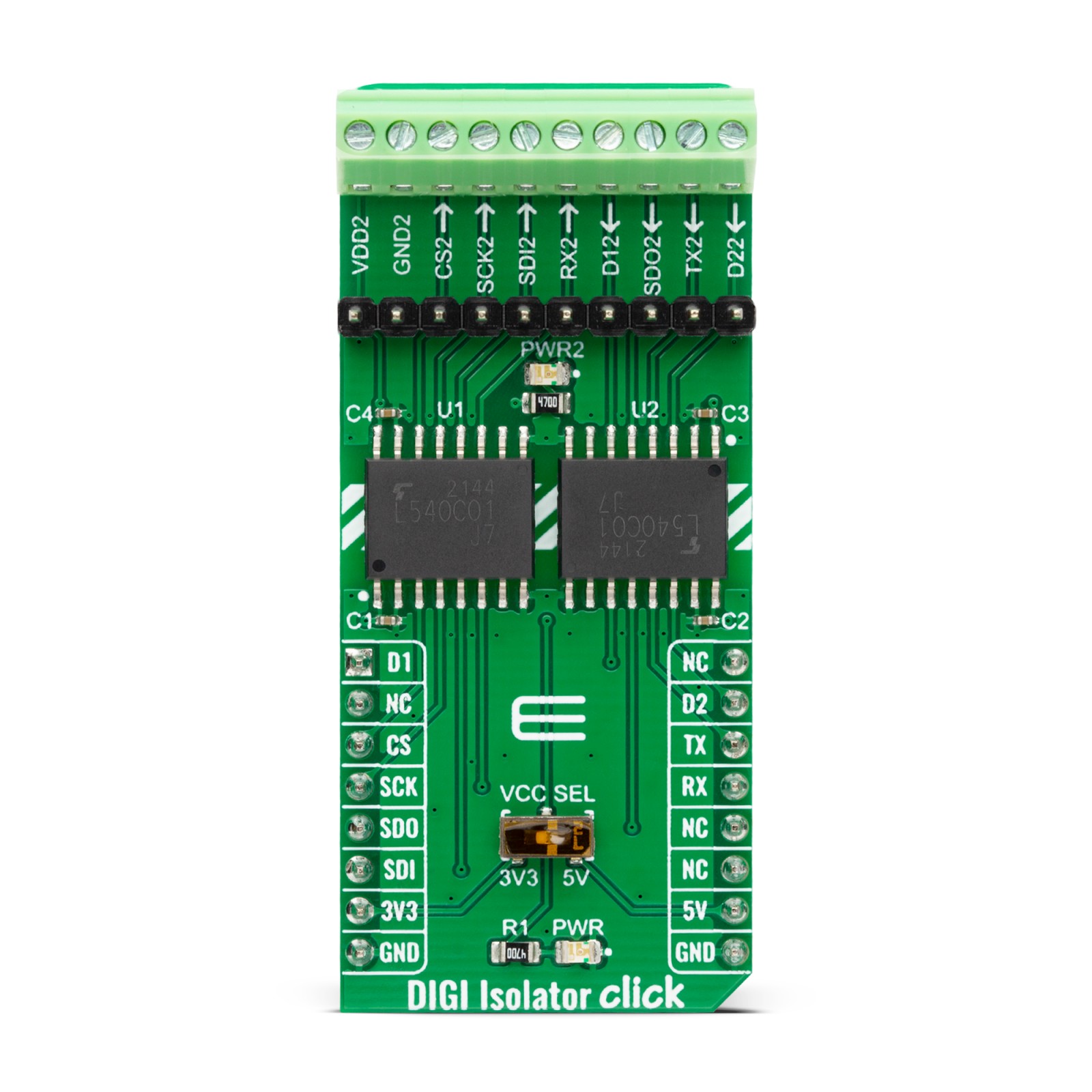
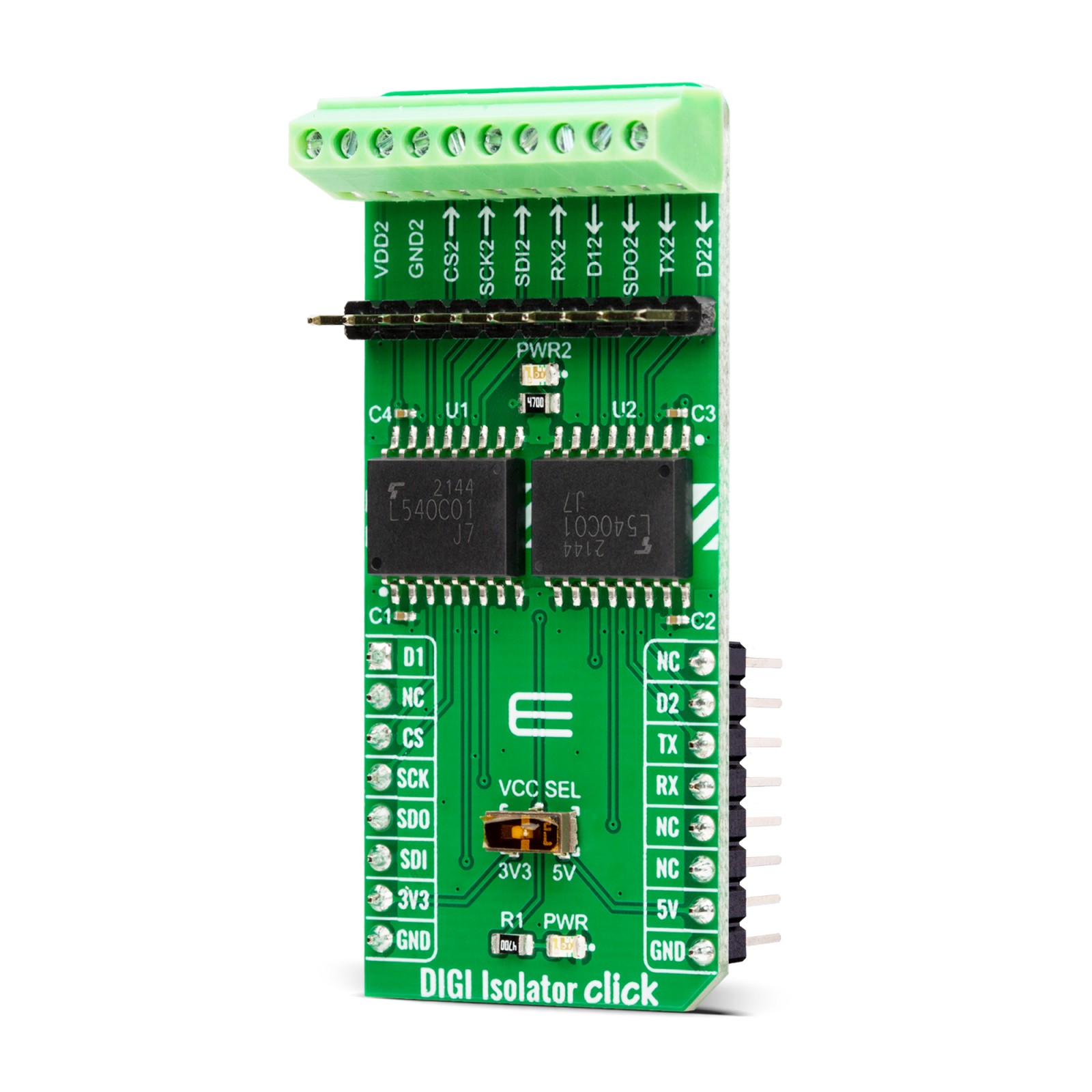


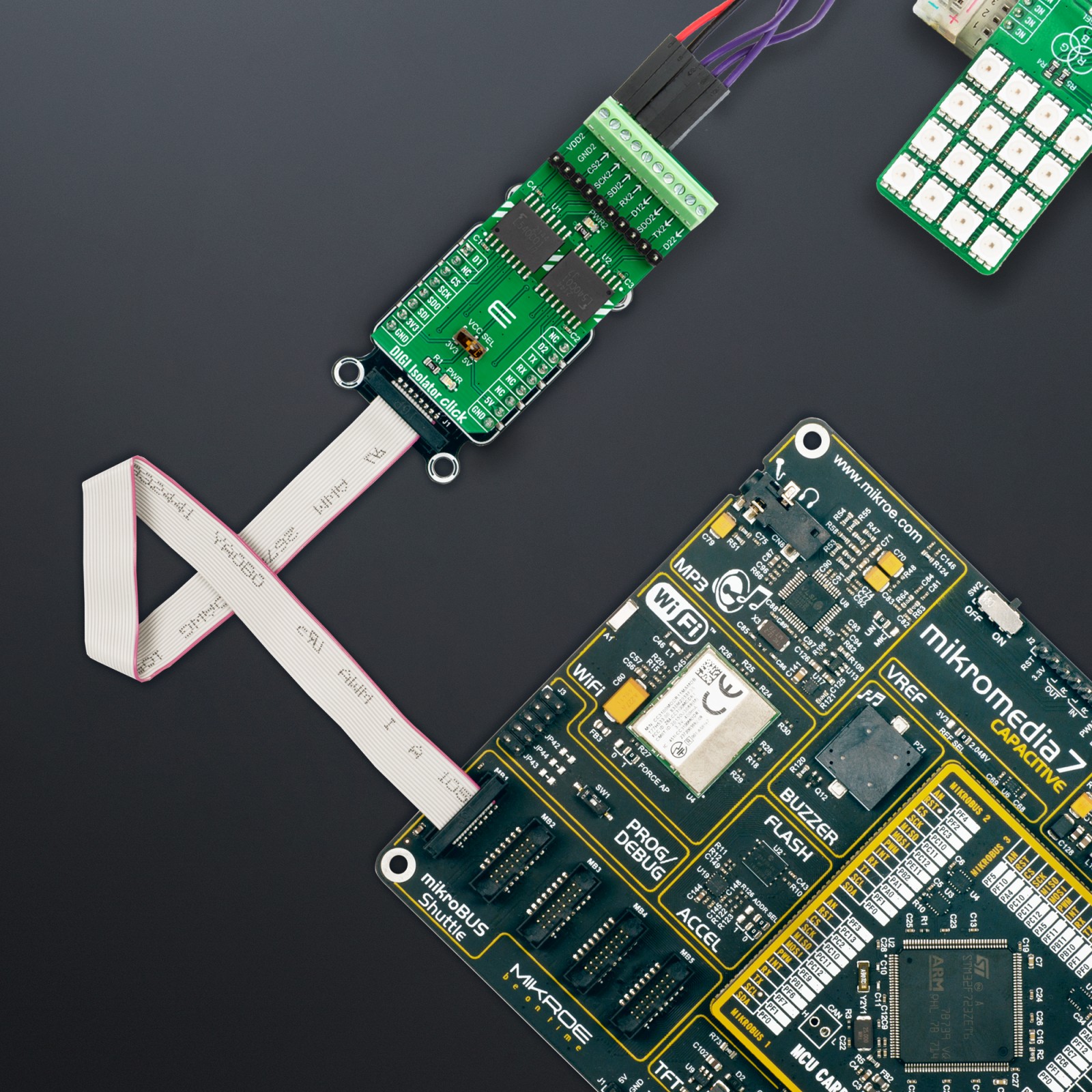

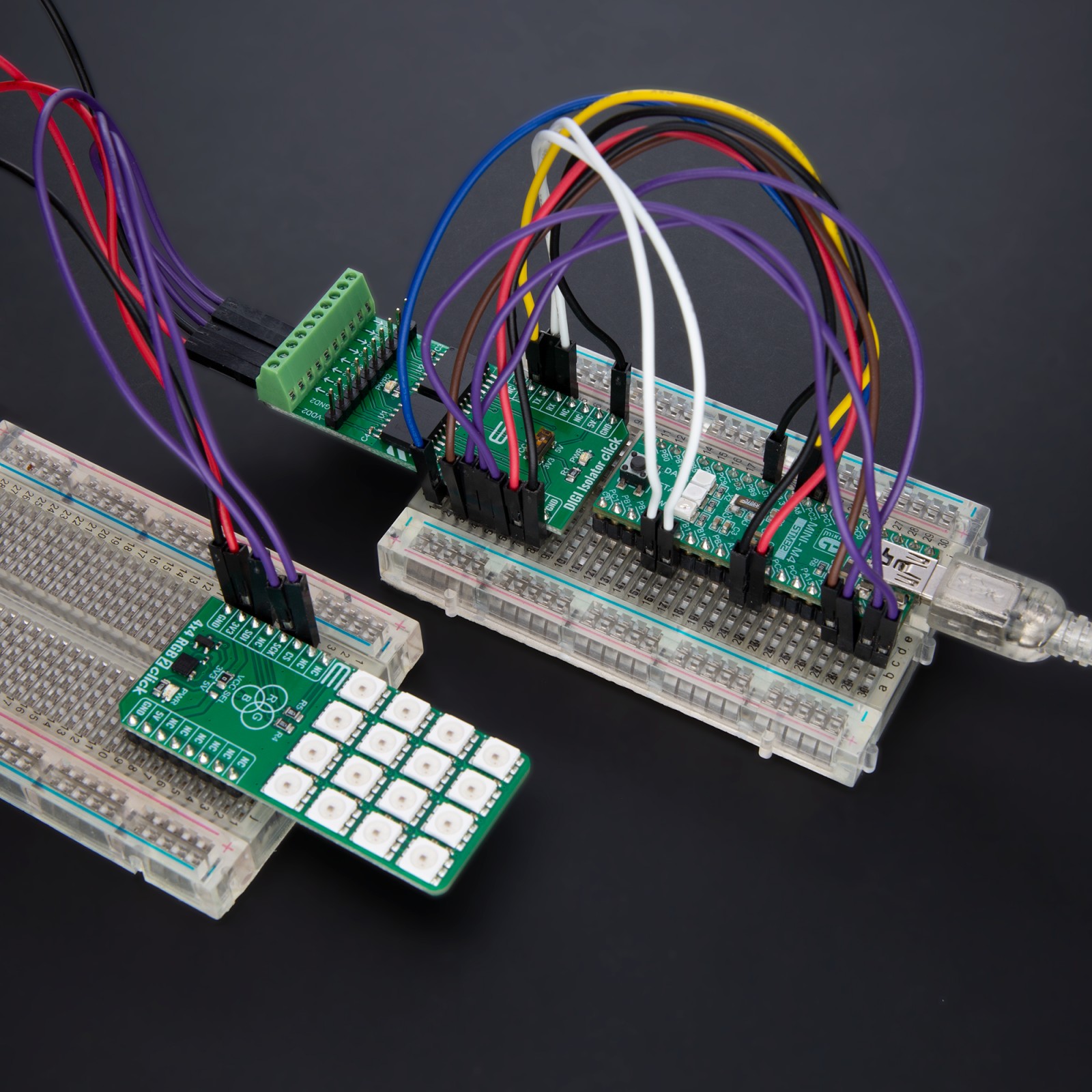
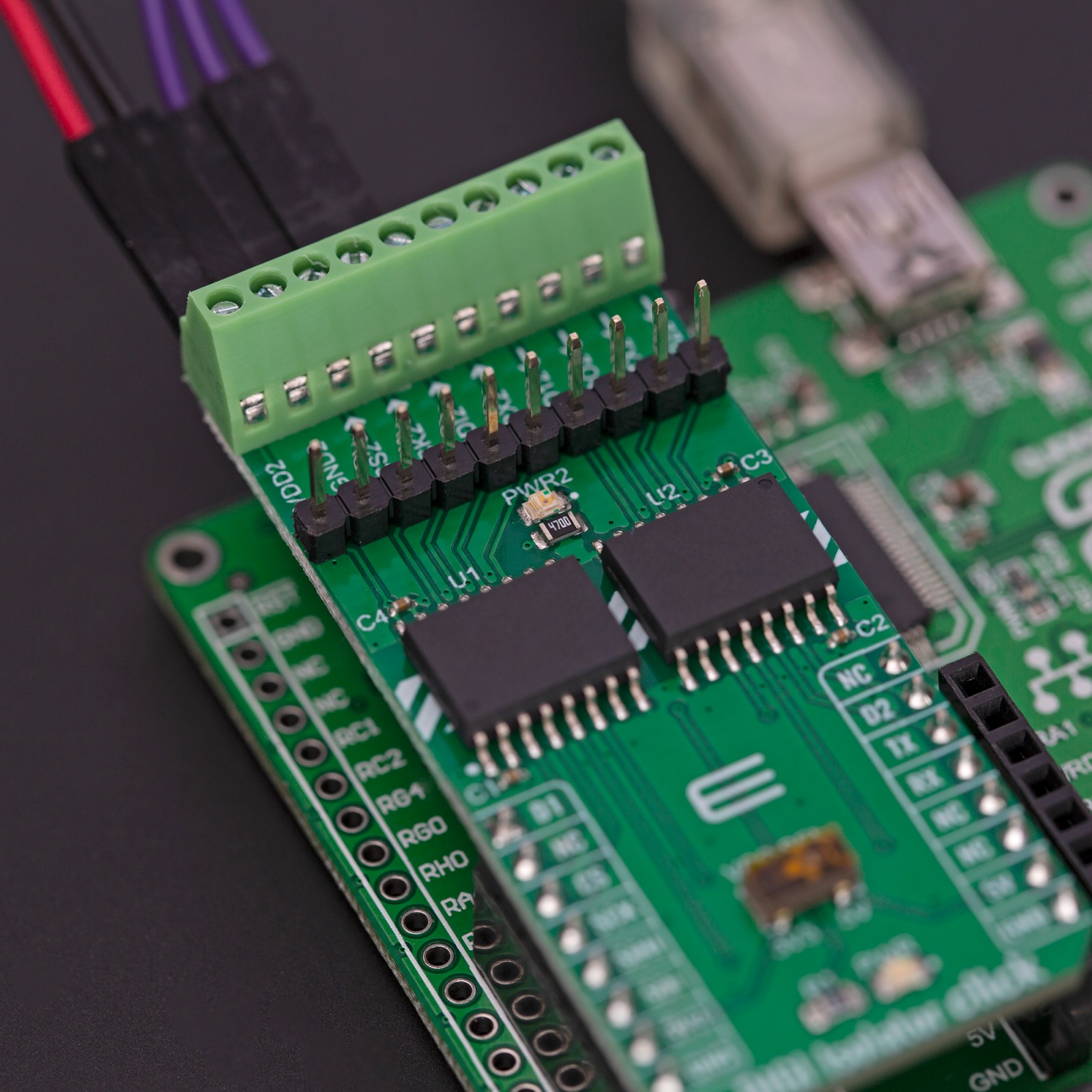
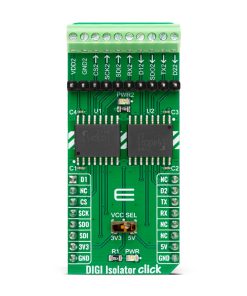
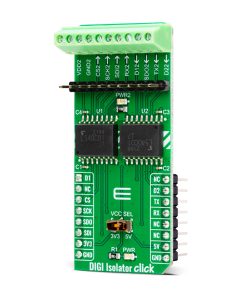



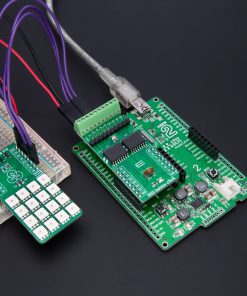
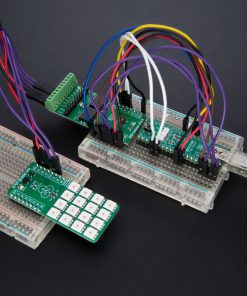

.jpg)


